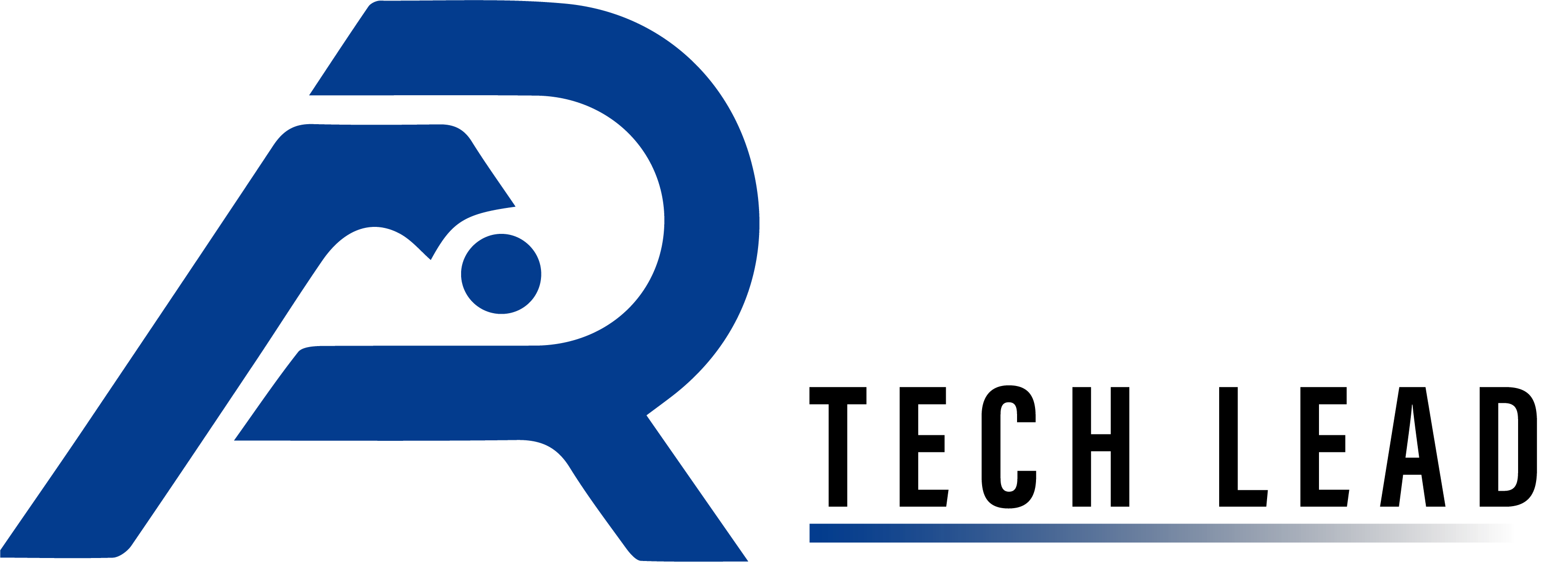Powerful Tip: Website Lag vs Server Lag know the Difference
Ever wondered why your website loads like it’s stuck in molasses? Whether you’re a casual blogger or managing a bustling online store, website speed can make or break user experience.
But here’s the catch—many people confuse website lag with server lag. They seem similar, but they stem from different sources and need different fixes. Let’s break them down in plain English so you’ll know exactly what to fix next time your site slows down.
What Is Website Lag?
User-Side Symptoms
Website lag usually affects what the visitor sees and interacts with. It’s the slow rendering of pages, delayed clicks, or unresponsive buttons—basically, everything users notice when browsing your site.
Frontend Performance Issues
This type of lag typically originates from the frontend—the part of your website built with HTML, CSS, JavaScript, and images.
Factors That Impact Website Lag
- Overly large images
- Inefficient JavaScript or CSS
- Too many HTTP requests
- Missing caching strategies
If it takes a while for the page to “look” loaded, even though the server responded quickly—that’s website lag.
What Is Server Lag?
Server-Side Symptoms
Server lag happens behind the scenes. It occurs when the web server takes a long time to respond to a user’s request. This delay can prevent the page from starting to load altogether.
Causes of Server Lag
- Slow or overloaded web server
- Poor hosting quality
- High database load
- Backend code inefficiencies
- Unexpected traffic spikes
How It Differs From Website Lag
While website lag is often visual and tied to how fast elements render, server lag is measured by how long it takes for your browser to get a response from the server in the first place.


Core Differences Between Website Lag and Server Lag
Feature | Website Lag | Server Lag |
Origin | Frontend (browser-side) | Backend (server-side) |
Symptoms | Delayed rendering, broken layout | Blank screen, long initial load |
Tools to detect | GTmetrix , Lighthouse | Hosting panel, server logs |
Fixes | Optimize frontend assets | Upgrade hosting, optimize database |
Common Causes of Website Lag
Heavy Images and Media
Uploading massive images without resizing or compressing is a classic mistake. These files hog bandwidth and delay page rendering.
Inefficient Frontend Code
Bloated or unminified CSS/JS slows browsers down.
Browser Compatibility Issues
Code that doesn’t work well in all browsers can cause inconsistent performance.
No Content Caching
If every visit has to download everything from scratch, you’re wasting time and server power.
Common Causes of Server Lag
Low-Quality or Overloaded Hosting
Shared hosting can be a disaster during high traffic. You’re fighting for resources with dozens of other sites.
Database Bottlenecks
Unoptimized queries or lack of indexing can choke performance.
High CPU/Memory Usage
If your server is maxed out, expect serious lag—even downtime.
DDoS Attacks or Traffic Spikes
Sudden surges in traffic, whether legit or malicious, can overload your server.


Tools to Help You Diagnose the Lag Type
Google Lighthouse and PageSpeed Insights
These can tell you if the problem is client-side (rendering, layout shifts) or server-side (slow response).
GTmetrix
Provides waterfall charts showing what loads and when, helping to pinpoint frontend issues.
Server Monitoring Dashboards
cPanel, Plesk, or tools like Netdata show CPU, RAM, and resource use in real-time.
APM Tools (Application Performance Monitoring)
Tools like New Relic or Datadog go deep into both backend and frontend to diagnose lag.
How to Fix Website Lag
Minify and Combine Assets
Use tools to compress your CSS, JS, and HTML files. Smaller files = faster loads.
Enable Lazy Loading and Caching
Only load images when needed (lazy loading) and store them in browser memory (caching).
Optimize Media Files
Compress and resize your images before uploading. WebP is your friend.
Clean Up Front-End Scripts
Remove unnecessary JavaScript, reduce dependencies, and avoid bloated plugins.
How to Fix Server Lag
Upgrade Hosting Resources
If you’re on shared hosting, consider moving to VPS or dedicated hosting.
Optimize Your Backend/Database
Clean your database, fix slow queries, and reduce redundant operations.
Implement Load Balancing
Distribute traffic across multiple servers for better efficiency.
Use a Reliable CDN
CDNs reduce server load by delivering content from nodes closest to the user.
When Website Lag and Server Lag Overlap
Sometimes, both types of lag exist at once.
Examples of Hybrid Causes
- A bloated WordPress theme (frontend) with a poorly optimized database (backend)
- Media-heavy landing pages served from a slow server
- Plugins that affect both rendering and database queries
Importance of Holistic Diagnosis
Don’t assume you’ve fixed the issue just by compressing images. You might need to tweak the server too
Why Distinguishing Both Matters
Knowing whether the lag is on the website or server side saves time, money, and frustration. It helps:
- Target the right tools
- Apply relevant fixes
- Make better hosting and development decisions
Conclusion
Website lag and server lag might feel the same to your visitors—but they’re totally different beasts. One lives in your browser; the other lurks in the backend. And fixing one while ignoring the other is like painting a house with a leaking roof—it won’t solve the real problem.
Next time your site slows down, ask: Is the page slow to appear, or slow to respond? That one question can set you on the right path to a faster, smoother experience for everyone.
FAQs
Can server lag affect SEO?
Yes. Google prioritizes fast-loading sites. Server lag can increase bounce rates and hurt rankings.
Is website lag visible in browser tools?
Absolutely. Use Chrome DevTools or GTmetrix to see what’s slowing things down.
What’s a good server response time?
Under 200ms is ideal. Anything above 500ms needs attention.
Author







